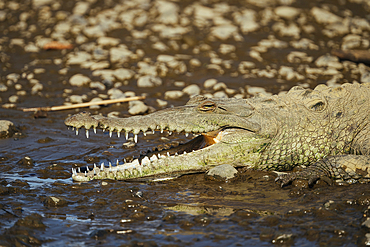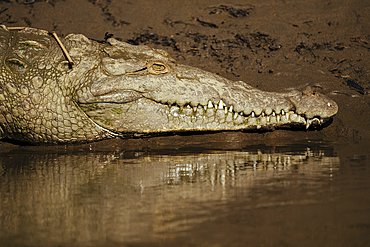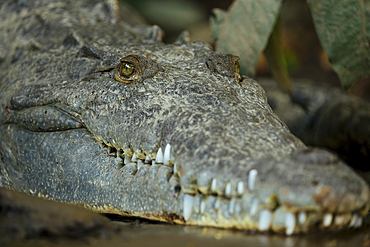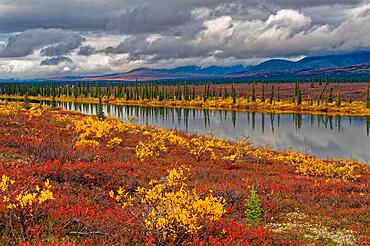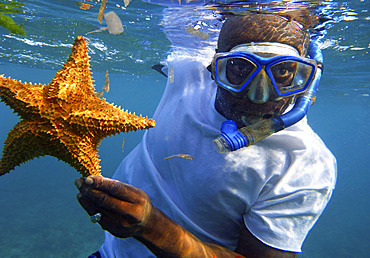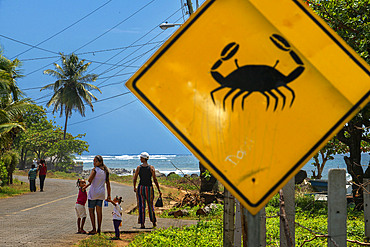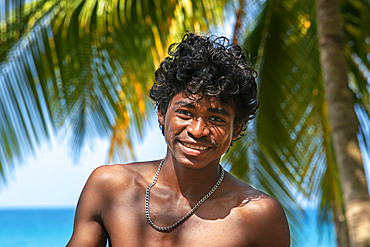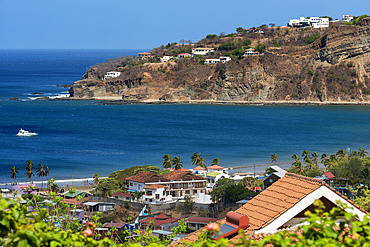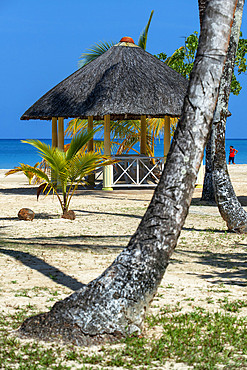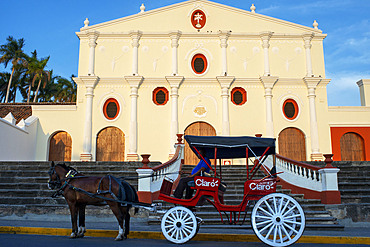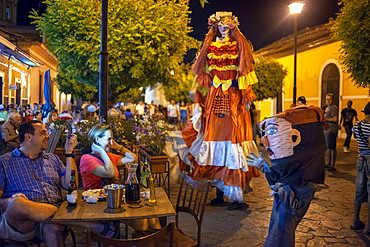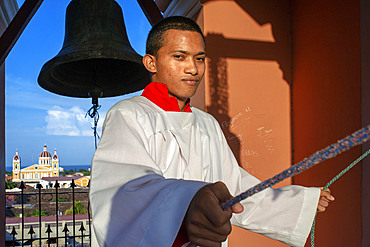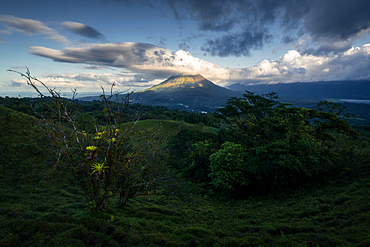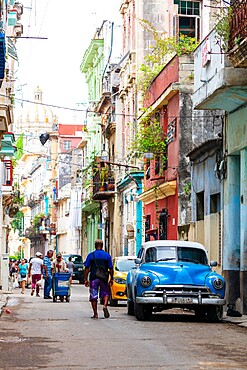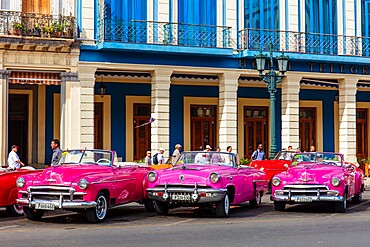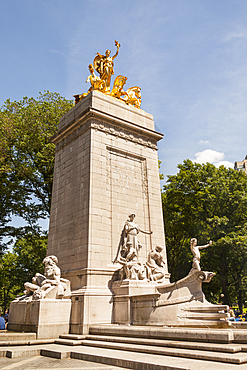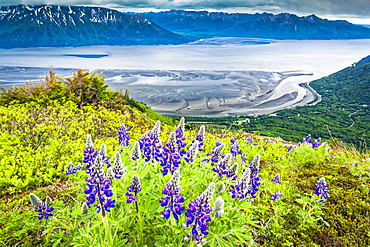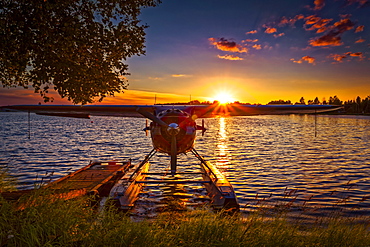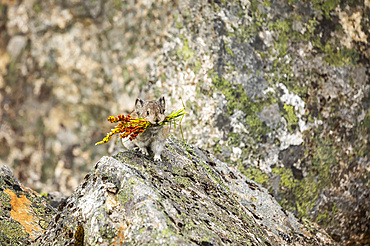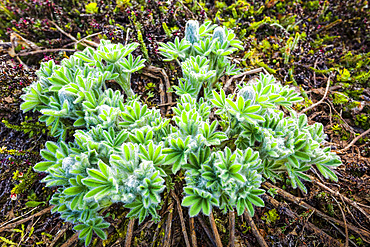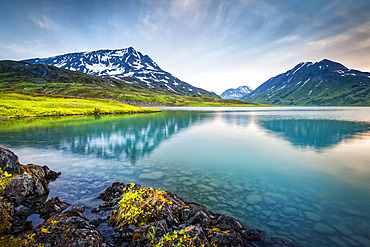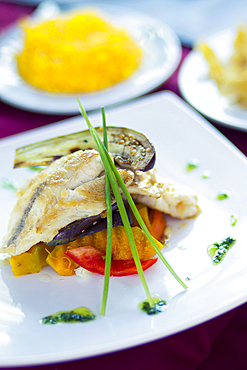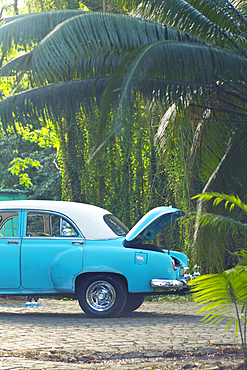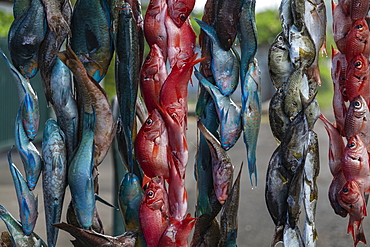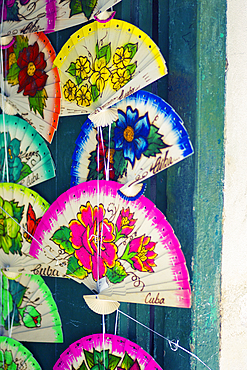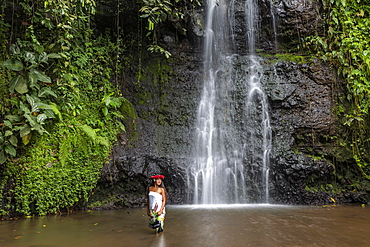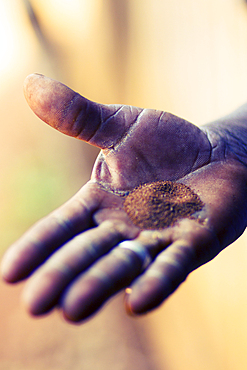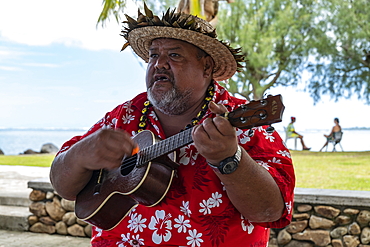Recent searches
Loading...
848-3018 - American Crocodile (Crocodylus acutus), Tarcoles River, Garabito, Puntarenas Province, Costa Rica, Central America
848-3019 - American Crocodile (Crocodylus acutus), Tarcoles River, Garabito, Puntarenas Province, Costa Rica, Central America
848-3017 - American Crocodile (Crocodylus acutus), Tarcoles River, Garabito, Puntarenas Province, Costa Rica, Central America
848-3016 - American Crocodile (Crocodylus acutus), Tarcoles River, Garabito, Puntarenas Province, Costa Rica, Central America
832-404470 - Autumn landscape in Denali State Park, intense colours, reflections in the water, Central Alaska, Alaska, USA, North America
832-404467 - Autumn landscape in Denali State Park, intense colours, reflections in the water, Central Alaska, Alaska, USA, North America
832-404466 - Autumn landscape in Denali State Park, Central Alaska, Alaska, USA, North America
832-401808 - New York City skyline real estate Manhattan skyscrapers with Central Park aerial view in New York, USA, North America
1112-7549 - An adult Central American boa (Boa imperator) during the day, Caletas, Costa Rica, Central America
1112-7545 - An adult Central American boa (Boa imperator) during the day, Caletas, Costa Rica, Central America
1112-7529 - Adult Central American agouti (Dasyprocta punctata), on Coiba Island, Panama, Central America
1350-6678 - Strawberry Poison Frog (Dendrobates pumilio), adult, Bastimentos National Park, Bocas del Toro, Panama. The strawberry poison frog or strawberry poison-dart frog (Oophaga pumilio or Dendrobates pumilio) is a species of small amphibian poison dart frog found in Central America. It is common throughout its range, which extends from eastern central Nicaragua through Costa Rica and northwestern Panama. The species is often found in humid lowlands and premontane forest, but large populations are also found in disturbed areas such as plantations. The strawberry poison frog is perhaps most famous for its widespread variation in coloration, comprising approximately 15���30 color morphs, most of which are presumed to be true-breeding. O. pumilio, while not the most poisonous of the dendrobatids, is the most toxic member of its genus. The species is most diverse in Panama with varieties in vivid shades of all red, orange, blue, yellow or green, green and yellow, white with red, orange or black and spotted varieties. The most colorful mix is found in Isla Bastimentos Marine National Park though not all in one place. Colors vary by location. A beach on the north side of the island is named after the species. Two of Southern Explorations' Panama tours visit red frog habitat. Both the eight-day Panama Adventure trip and eleven-day Panama Highlights trip spend time in Isla Bastimentos Marine National Park and the former also goes to Red Frog Beach.
The red frog is not as poisonous as some of its cousins and is not a threat to humans. It subsists on a diet of ants that dine on poisonous plants, providing the red frog its protective skin toxin. Males attract females with a loud quick chirp. To hear the distinctive sound before you depart on your Panama tours, go to the University of Michigan Museum's biodiversity website (www.animaldiversity.ummz.umich.edu.) After birth, the tadpoles climb aboard the mother who deposits them in different protected areas where she retu
1350-6656 - Snorkeling in the beach, Corn Island, Caribbean Sea, Nicaragua, Central America, America. Local man with a starfish.
1350-6631 - Crab crossing caution street sign on only road Big Corn Island Nicaragua Central America
1350-6621 - Local people next to the beach, Corn Island, Caribbean Sea, Nicaragua, Central America, America.
1350-6610 - San Juan del Sur coastal beaches near the central town San Juan del Sur Nicaragua Central America Luxury villas in Playa San Juan del Sur
1350-6614 - Palms and beach with tourist huts, Corn Island, Caribbean Sea, Nicaragua, Central America, America. Arenas Beach Hotel
1350-6607 - Horse drawn carriages next to La Merced church in the Spanish colonial city of Granada Nicaragua Central America
1350-6603 - Gigantona dress in La Calzada a gastronomic street in Granada Nicaragua with lots of tourists and locals enjoying fine food outdoors. Granada - Nicaragua
1350-6598 - Altar boy ringing the bells in the Iglesia la Merced of Granada in Nicaragua Central America. Back cathedral of Granada Nicaragua
1350-6593 - A view of the bright yellow and very colorful Cathedral of Granada in Nicaragua Central America
1367-16 - Volcan Arenal in the middle of American continent, in an impressive landscape, Costa Rica, Central America
1350-6305 - Jellyfish in exhibit at Monterey Bay Aquarium; Monterey, California.
1350-6337 - Haystack Rock at Pacific City on the central Oregon Coast.
1350-6334 - Aspen trees with fall color near Dillon Falls on the Deschutes River, central Oregon.
1284-366 - Close up detail of pink vintage American car taxi, Havana, Cuba, West Indies, Central America
1284-363 - Purple vintage Ford American car, Havana, Cuba, West Indies, Central America
1284-364 - Blue vintage American car on busy street, Havana, Cuba, West Indies, Central America
1284-367 - Red and pink vintage American car taxis on street in Havana, Cuba, West Indies, Central America
1284-368 - Red and pink vintage American car taxis on street in Havana, Cuba, West Indies, Central America
1284-369 - Red and pink vintage American car taxis on street in Havana, Cuba, West Indies, Central America
1350-4702 - Group of the Thousand Columns, Chichen Itza Archaeological Site, Chichen Itza, Yucatan State, Mexico
1350-4981 - Nuestra Senora de los Remedios, also called Iglesia de Mercedes, on Great Pyramid of Cholula, Cholula, Mexico
1350-4801 - Maine Monument, outside Merchants,?? Gate, Central Park, Manhattan, New York City, New York, USA
1350-4692 - El Palacio, The Palace, Kabah Archaeological Site, Kabah, near Uxmal, Yucatan State, Mexico
1350-5059 - Monte Alban Archaeological Site, Monte Alban, near Oaxaca, Oaxaca State, Mexico
1350-5039 - Belvedere Castle, Central Park, Manhattan, New York City, New York, USA
1116-50730 - Close-up of Lupine (Lupinus arcticus) flowers in a field at sunset, Turnagain Arm of Cook Inlet and Chugach Mountains in the background, South-central Alaska in summertime; Portage, Alaska, United States of America
1116-50718 - Lost Lake at sunset, Chugach National Forest, Kenai Peninsula, South-central Alaska in summertime; Seward, Alaska, United States of America
1116-50690 - Aerial view of the sunset glow on Chugach Mountains, and reflection on Eklutna Lake. Common Fireweed (Chamaenerion angustifolium) blooming in the foreground. Chugach State Park, South-central Alaska in summertime; Alaska, United States of America
1116-50729 - Alaska Railroad track crossing Bird Creek mouth with Turnagain Arm of Cook Inlet, South-central Alaska in summertime; Portage, Alaska, United States of America
1116-50722 - Sunset glow on St. Innocent Russian Orthodox Cathedral, South-central Alaska in summertime; Anchorage, Alaska, United States of America
1116-50717 - Overlooking Campbell Creek Valley and Anchorage, Chugach State Park, South-central Alaska in summertime; Anchorage, Alaska, United States of America
1116-50726 - Close-up of a Hoary Marmot (Marmota caligata), Chugach National Forest, Kenai Peninsula, South-central Alaska in springtime; Seward, Alaska, United States of America
1116-50731 - Sunset over Lupine (Lupinus arcticus) field at Turnagain Arm, Chugach Mountains in the background, South-central Alaska in summertime; Portage, Alaska, United States of America
1116-50723 - Camping at Lost Lake, Resurrection Peaks in the background. Chugach National Forest, Kenai Peninsula, South-central Alaska in springtime; Seward, Alaska, United States of America
1116-50727 - Nootka Lupine (Lupinus Nootkatensis) blooming at Bird Ridge. Turnagain Arm of Cook Inlet is in the background, Chugach State Park, South-central Alaska; Alaska, United States of America
1116-50732 - Aerial view of bore tide coming into Turnagain Arm of Cook Inlet, South-central Alaska; Hope, Alaska, United States of America
1116-50725 - Close-up of a Hoary Marmot (Marmota caligata), Chugach National Forest, Kenai Peninsula, South-central Alaska in springtime; Seward, Alaska, United States of America
1116-50728 - Alaska Railroad track along with Turnagain Arm of Cook Inlet, Chugach Mountains in the background, South-central Alaska in summertime; Portage, Alaska, United States of America
1116-50720 - Mount Ascension reflects on Lost Lake, Chugach National Forest, Kenai Peninsula, South-central Alaska in summertime; Seward, Alaska, United States of America
1116-50721 - Aerial view of Eklutna Lake surrounded by greens, Chugach State Park, South-central Alaska in summertime; Alaska, United States of America
1116-50689 - Sunset behind a float plane at Lake Hood Seaplane Base, South-central Alaska in summertime; Anchorage, Alaska, United States of America
1116-50694 - Sunset glow on snow dusted Chugach Mountains with fall coloured foliage, Crescent Moon appears over mountain. Chugach State Park, South-central Alaska in autumn; Anchorage, Alaska, United States of America
1116-50692 - Mount Ascension, Resurrection Peaks, and half frozen Lost Lake, Chugach National Forest, Kenai Peninsula, South-central Alaska in springtime; Seward, Alaska, United States of America
1116-51787 - A mother and immature Hoary Marmot (Marmota caligata) take a moment to bond while resting in Hatcher Pass area near Palmer, South-central Alaska. Marmots hibernate in the winter so are busy feeding during the summer and fall months; Alaska, United States of America
1116-51785 - A Collared Pika (Ochotona collaris) gathers food to put in small haystacks to dry and which will provide him with food for the cold and snowy winter months. Pikas do not hibernate. Hatcher Pass area near Palmer, South-central Alaska; Alaska, United States of America
1116-50719 - Lost Lake at sunset, Chugach National Forest, Kenai Peninsula, South-central Alaska in summertime; Seward, Alaska, United States of America
1116-50724 - Lupine (Lupinus Nootkatensis) shoots and buds, Chugach National Forest, Kenai Peninsula, South-central Alaska in springtime; Seward, Alaska, United States of America
1116-51788 - Dall sheep ewe and nursing lamb (Ovis dalli) in the Chugach Mountains South of Anchorage in South-central Alaska in autumn; Alaska, United States of America
1116-51784 - A Collared Pika (Ochotona collaris) sounds an alarm to nearby Pikas to alert them to a possible danger or to simply communicate with others. Pikas do not hibernate and are actually small members of the rabbit family. Hatcher Pass area near Palmer, Alaska in South-central Alaska, late summer; Alaska, United States of America
1116-51789 - An Arctic Ground Squirrel (Urocitellus parryii) looks at camera while feeding in late summer. Fireweed (Chamaenerion angustifolium) is in bloom in the Hatcher Pass area near Palmer, South-Central Alaska; Alaska, United States of America
1116-50695 - Mountain range reflects on Mentasta Lake with fall coloured foliage under blue sky, Tok cutoff from the Glenn Highway, South-central Alaska in autumn; Alaska, United States of America
1116-50691 - Mount Ascension reflects on Lost Lake, Chugach National Forest, Kenai Peninsula, South-central Alaska in summertime; Seward, Alaska, United States of America
1116-50693 - Half frozen Lost Lake at evening, Chugach Mountains in the background. Chugach National Forest, Kenai Peninsula, South-central Alaska in springtime; Seward, Alaska, United States of America
1113-107212 - Collared Aracari (Pteroglossus torquatus), Costa Rica, Central America
1113-106277 - Red and yellow classic car in Havana, Cuba
1113-106276 - Fish and some vegetables on a plate in Havana, Cuba
1113-106271 - Classic car in a tropical environment in Havana, Cuba
1113-105819 - Aerial view of Sofitel Bora Bora Private Island Resort with overwater bungalows in Bora Bora lagoon at sunrise, Vaitape, Bora Bora, Leeward Islands, French Polynesia, South Pacific
1113-105792 - Woman sells tropical fruits at a roadside fruit and vegetable stand in Papetoai, Moorea, Windward Islands, French Polynesia, South Pacific
1113-105774 - Aerial view with engine of Air Tahiti ATR 72-600 airplane and Moorea Island behind, Moorea, Windward Islands, French Polynesia, South Pacific
1113-105816 - Colorful fish hang for sale at a street stall, near Taravao, Tahiti, Windward Islands, French Polynesia, South Pacific
1113-105782 - A young woman with fruit and vegetables for sale at a roadside market stall, Apootaata, Moorea, Windward Islands, French Polynesia, South Pacific
1113-106275 - Detail of colourful fans in Havana, Cuba
1113-106042 - A woman dressed in white, tropical attire walks along a pristine beach. Antiugua, West Indies.
1113-105783 - Traditional weaving with pandanus leaves during an immersion workshop in the ELK cultural village, Apootaata, Moorea, Windward Islands, French Polynesia, South Pacific
1113-105784 - Traditional weaving with pandanus leaves during an immersion workshop in the ELK cultural village, Apootaata, Moorea, Windward Islands, French Polynesia, South Pacific
1113-106285 - Classic car parked under bougainville tree
1113-105785 - Happy Tahitian woman during an immersion workshop in the ELK cultural village, Apootaata, Moorea, Windward Islands, French Polynesia, South Pacific
1113-105756 - Surfer on breaking wave in Teahupoo surfing area, Tahiti Iti, Tahiti, Windward Islands, French Polynesia, South Pacific
1113-105770 - Mug of Hinano beer on counter of a bar, Papeete, Tahiti, Windward Islands, French Polynesia, South Pacific
1113-105789 - Plate of fish appetizer in the Arii Vahine restaurant of the Hilton Moorea Lagoon Resort & Spa, Moorea, Windward Islands, French Polynesia, South Pacific
1113-105781 - The waves of a speedboat in the turquoise waters of the Bora Bora Lagoon, Bora Bora, Leeward Islands, French Polynesia, South Pacific
1113-106068 - Green Seaurchin shot on fine sand beach. Shot on Caribbean island.
1113-105795 - Polynesian dance performance during the 'Pacifica' show at the Tiki Village cultural center, Moorea, Windward Islands, French Polynesia, South Pacific
1113-105823 - Aerial view of the Tahiti Ia Ora Beach Resort (managed by Sofitel) with overwater bungalows, near Papeete, Tahiti, Windward Islands, French Polynesia, South Pacific
1113-105719 - A woman in a black, white-rimmed hat, her back to the camera, rests on the side of a pool with an ocean view. Antigua, West Indies.
1113-106272 - Building with image of Fidel Castro and classic car on Plaza de La Revolución in Havana, Cuba
1113-106599 - San Juan River meanders, Goosenecks State Park, Utah, USA,
1113-105776 - Two palm trees and a tiki sculpture on a small island at the entrance to the port of Bora Bora Airport (BOB), Bora Bora, Leeward Islands, French Polynesia, South Pacific
1113-105822 - Aerial view of people on SUP stand up paddling boards amidst corals in the lagoon, near Papeete, Tahiti, Windward Islands, French Polynesia, South Pacific
1113-105772 - Three Tahitian women at a flower stand in the 'Marché Papeete' market hall, Papeete, Tahiti, Windward Islands, French Polynesia, South Pacific
1113-105762 - Beautiful young Tahitian woman in front of waterfall in 'The Water Gardens of Vaipahi', Teva I Uta, Tahiti, Windward Islands, French Polynesia, South Pacific
1113-105778 - Young couple on boardwalk to overwater bungalows at Sofitel Bora Bora Private Island Resort, Bora Bora, Leeward Islands, French Polynesia, South Pacific
1113-106283 - Terrace and wooden sign board of Casa del Mojito Bar in Viñales, Cuba
1113-105760 - Beautiful young Tahitian woman in front of waterfall in 'The Water Gardens of Vaipahi', Teva I Uta, Tahiti, Windward Islands, French Polynesia, South Pacific
1113-105779 - Underwater shot of man with Panasonic Lumix camera with underwater housing while snorkeling in the lagoon of Bora Bora, Bora Bora, Leeward Islands, French Polynesia, South Pacific
1113-106279 - Tobacco seeds in farmer's hand palm in Pinar del Rio, Cuba
1113-105791 - Man playing ukulele guitar and welcoming cruise ship passengers, Moorea, Windward Islands, French Polynesia, South Pacific

